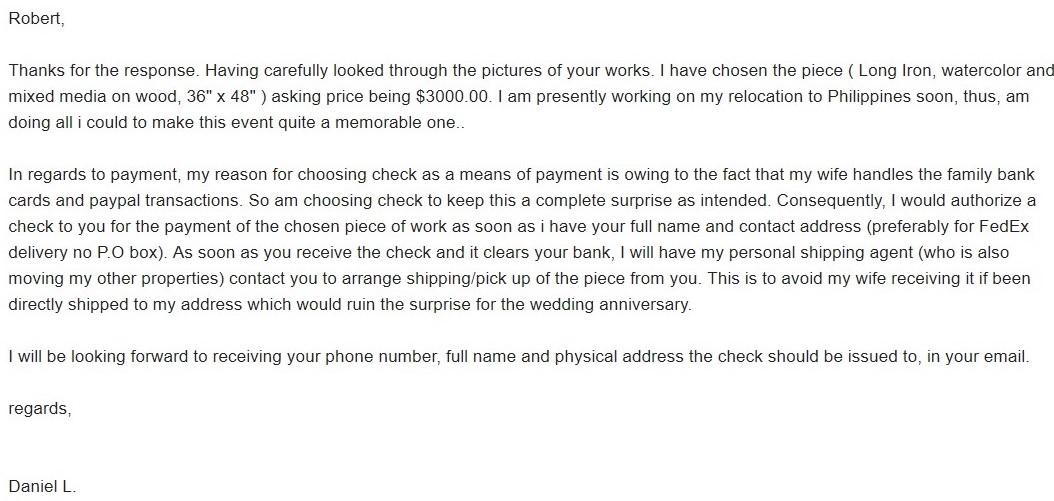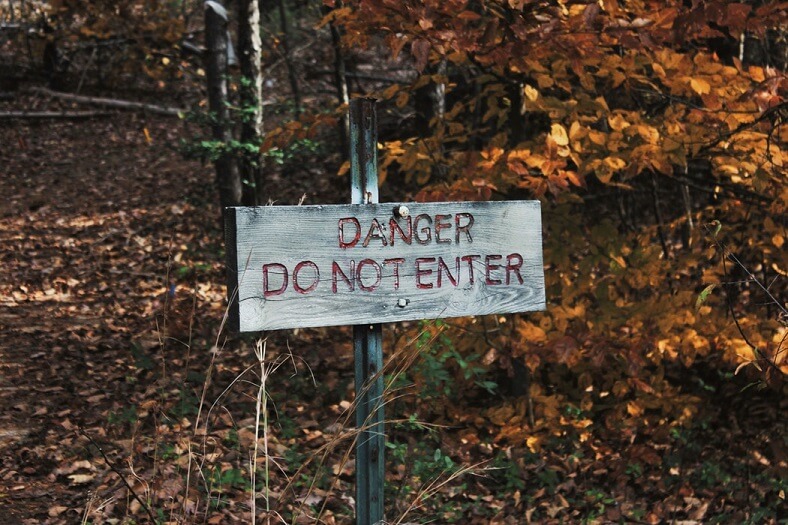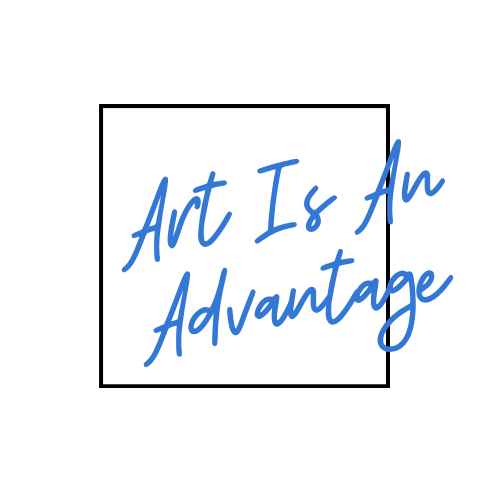by Rebecca Sciullo | Feb 20, 2020 | Learning
If you have a website or blog for your visual art business, the great news is that anyone in the world can find your work and contact you to purchase it. The bad news is that you open yourself up to online scammers, who like to target artists. Back in February 2018, I posted on how to avoid getting scammed when selling artwork online. Since that time, we continue to receive these types of emails.
The reality of placing your artwork for sale online is that you will attract these characters. You need to know how to identify them to avoid getting scammed.
Even though I can always spot a fake, I typically respond to them. I like to see the response that I receive.
I’ve noticed that the people sending these emails are getting a little smarter, attempting to sound a bit more credible and are more persistent. So, I thought it was time for a friendly reminder to vet email requests to purchase your art carefully. Please read Can You Spot a Fake Buyer? if you haven’t already done so.
Below is the latest one that we received. Notice these “guys” are always looking for an anniversary gift. Also, they often don’t have a specific piece in mind, which is highly unusual compared to the legitimate requests that we receive.

In this case, I politely responded with a link to the full gallery and asked which specific piece would interest him. Below is his response.

It’s funny how his budget has increased suddenly to $3,000.
These “guys” are always moving and ask us to work with a “personal shipping agent”. They also never seem to have their own credit cards.
These scams may take other iterations, but this is the basic pattern that we see.
The good news is, yes, we do get legitimate requests to purchase artwork via email. You will too if you are diligent about building your web presence! You just need to make sure you are carefully vetting your buyers.
Here are our rules for transacting in cases where we do not have a prior relationship with the buyer.
- Insist on only accepting credit card payment via Paypal or Square.
- Insist that we ship the piece via one of our preferred methods.
I kindly explained this to Daniel in my response to him, so I have a feeling that will be the last I hear of him. He will move on to his next target, and I don’t want it to be you!
For more tips related to blogging for your visual art business and selling art online, please subscribe to my newsletter here.
by Becky Sciullo | Feb 20, 2020 | Artist Websites, Blogging, Learning
If you have a website or blog for your visual art business, the great news is that anyone in the world can find your work and contact you to purchase it. The bad news is that you open yourself up to online scammers, who like to target artists. Back in February 2018, I posted on how to avoid getting scammed when selling artwork online. Since that time, we continue to receive these types of emails.
The reality of placing your artwork for sale online is that you will attract these characters. You need to know how to identify them to avoid getting scammed.
Even though I can always spot a fake, I typically respond to them. I like to see the response that I receive.
I’ve noticed that the people sending these emails are getting a little smarter, attempting to sound a bit more credible and are more persistent. So, I thought it was time for a friendly reminder to vet email requests to purchase your art carefully. Please read Can You Spot a Fake Buyer? if you haven’t already done so.
Below is the latest one that we received. Notice these “guys” are always looking for an anniversary gift. Also, they often don’t have a specific piece in mind, which is highly unusual compared to the legitimate requests that we receive.

In this case, I politely responded with a link to the full gallery and asked which specific piece would interest him. Below is his response.

It’s funny how his budget has increased suddenly to $3,000.
These “guys” are always moving and ask us to work with a “personal shipping agent”. They also never seem to have their own credit cards.
These scams may take other iterations, but this is the basic pattern that we see.
The good news is, yes, we do get legitimate requests to purchase artwork via email. You will too if you are diligent about building your web presence! You just need to make sure you are carefully vetting your buyers.
Here are our rules for transacting in cases where we do not have a prior relationship with the buyer.
- Insist on only accepting credit card payment via Paypal or Square.
- Insist that we ship the piece via one of our preferred methods.
I kindly explained this to Daniel in my response to him, so I have a feeling that will be the last I hear of him. He will move on to his next target, and I don’t want it to be you!
For more tips related to blogging for your visual art business and selling art online, please subscribe to my newsletter here.
by Rebecca Sciullo | Feb 12, 2018 | Artist Websites
Don’t be the victim of an artwork purchasing scam.
 It’s an unfortunate reality that not all inquiries you receive about purchasing art are legitimate. It’s exciting to get an email from a prospective buyer, but please be aware that scammers frequently use this method to try to con artists.
It’s an unfortunate reality that not all inquiries you receive about purchasing art are legitimate. It’s exciting to get an email from a prospective buyer, but please be aware that scammers frequently use this method to try to con artists.
What typically happens is an artist receives what seems to be a legitimate email inquiry about the purchase of work. An email conversation ensues between the artist and the supposed buyer. If the sale proceeds, the artist is sent more money than agreed upon for the sale. The artist is then asked to cash the check payment and send the balance back via a money order. During this time period, the initial check sent by the “buyer” bounces due to insufficient funds and the artist is out the amount that they “refunded” back to them. Another twist is that the buyer will ask the artist, to pre-pay shipping because of a special arrangement with their “shipping agent”, with a promise of reimbursement. After doing so, the buyer disappears and the artist is out of the funds.
Sample Scam Email
Below is an email received by an artist that I work with. This email was quickly identified as a scam, using an email response that I offer for your use later in this post.
I am so excited that I came across of your work on internet search,I am interested in purchasing these creative artworks from you…………………
Snow Bowl “Jupiter Light”
“Scattered Frost” “Honeycomb Falls”
Let me know their various price and how much discounts are you going to give? I will be happy to have these selected artworks hung in our new home in Miami. As well,I want you to take out the shipping cost.I have been in touch with a shipping firm that will be shipping other house decoratives.
We are traveling from our Seattle home to our new apartment as soon as possible. On Paying for the artworks,I will be glad to pay you with a Money Order or Cashier`s check in US funds that can be easily cashed at your local bank,please let me know on how to proceed for the payment of the creative artworks.
I will await your advise on how to proceed.Have a wonderful day.
Take care, Kathryn Edwards
Tips to avoid a scam.
If you sell online, here are some warning signs to look for in a prospective buyer’s email.
The grammar that does not sound quite right…”I am so excited that I am across of your work on internet search”…
Any mention of shipping costs or that they will make the shipping arrangements. Legitimate buyers inquire about shipping if you don’t list it on your site, but don’t typically make their own shipping arrangements. Do you ever make your own arrangements for shipping an online purchase? Never ever pay a “shipping agent” for the buyer.
A story that involves them needing to have work shipped to a different location other than where they are currently located.
Proactively telling you how they will pay, especially when it does not involve a credit card.
A story that involves them not having a credit card to use because they are purchasing the work as a “secret” gift for a spouse, partner, etc...For long distance or email transactions, I recommend only accepting credit card or payment through a service such as PayPal, Square or Stripe.
Here’s how to respond to an inquiry.
Here is a sample response to use in order to determine whether or not you are dealing with an authentic buyer.
Thank you for your interest in my work. I ship via the U.S. Postal Service, Federal Express or UPS. Depending on your purchase and location, I will determine which service will work best for your purchase and give you a quote prior to shipping. I accept credit cards only via Pay Pal or Square. Please send me your shipping address and I will provide you with a shipping quote.
If you send this email and you don’t get a response, chances are the inquiry was a scam.
I hope that all of your buyers are legitimate, but make sure you vet your inquiries. Better safe than sorry!
Have you had an experience with a scam that you think would be helpful to share with other artists? Are there other tips that clue you into a scam? Please comment below or send your story or tips to becky@artisan-advantage.com.
If you’d like to sign up for my newsletter to receive regular updates, click here.
Photo by Raúl Nájera on Unsplash




